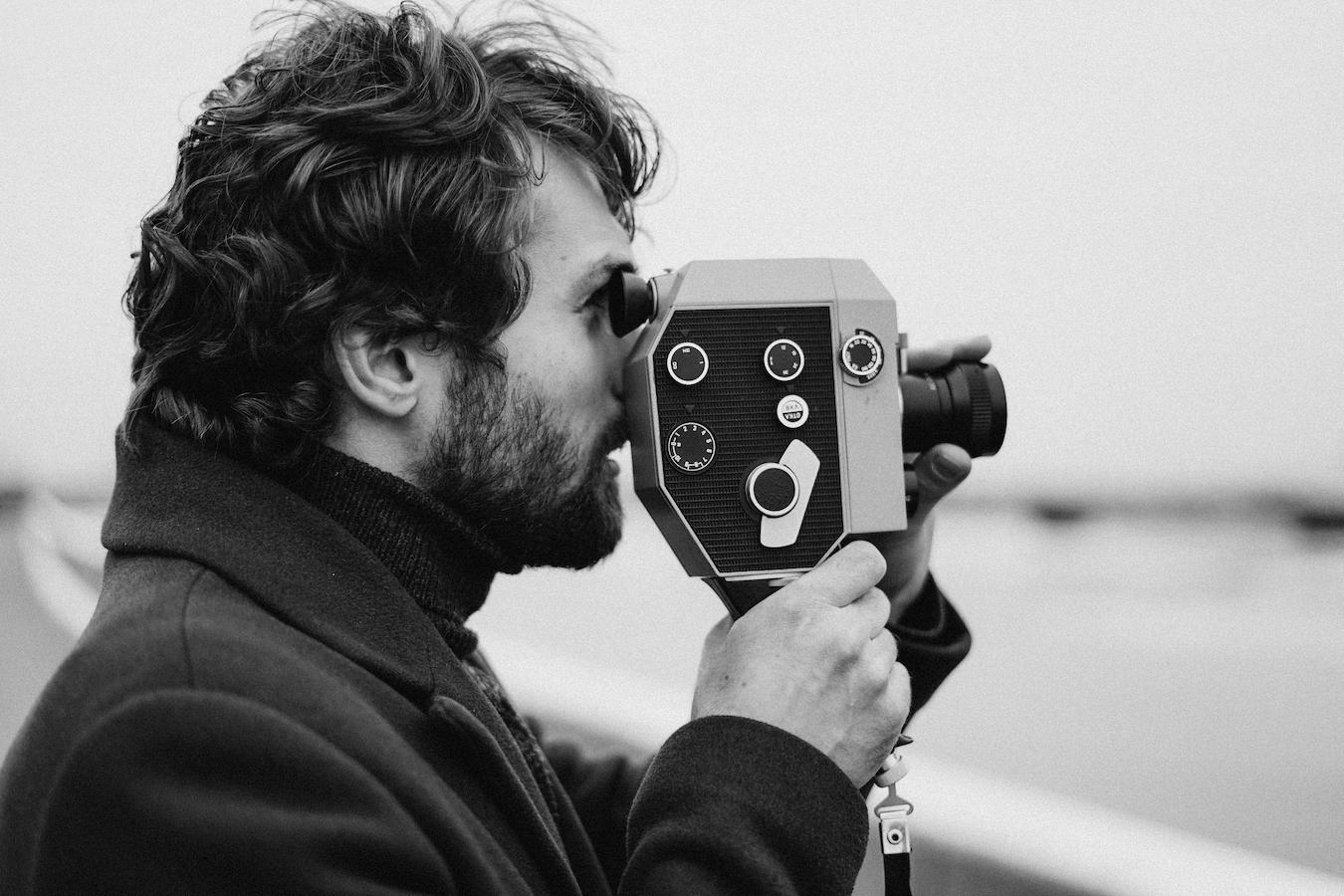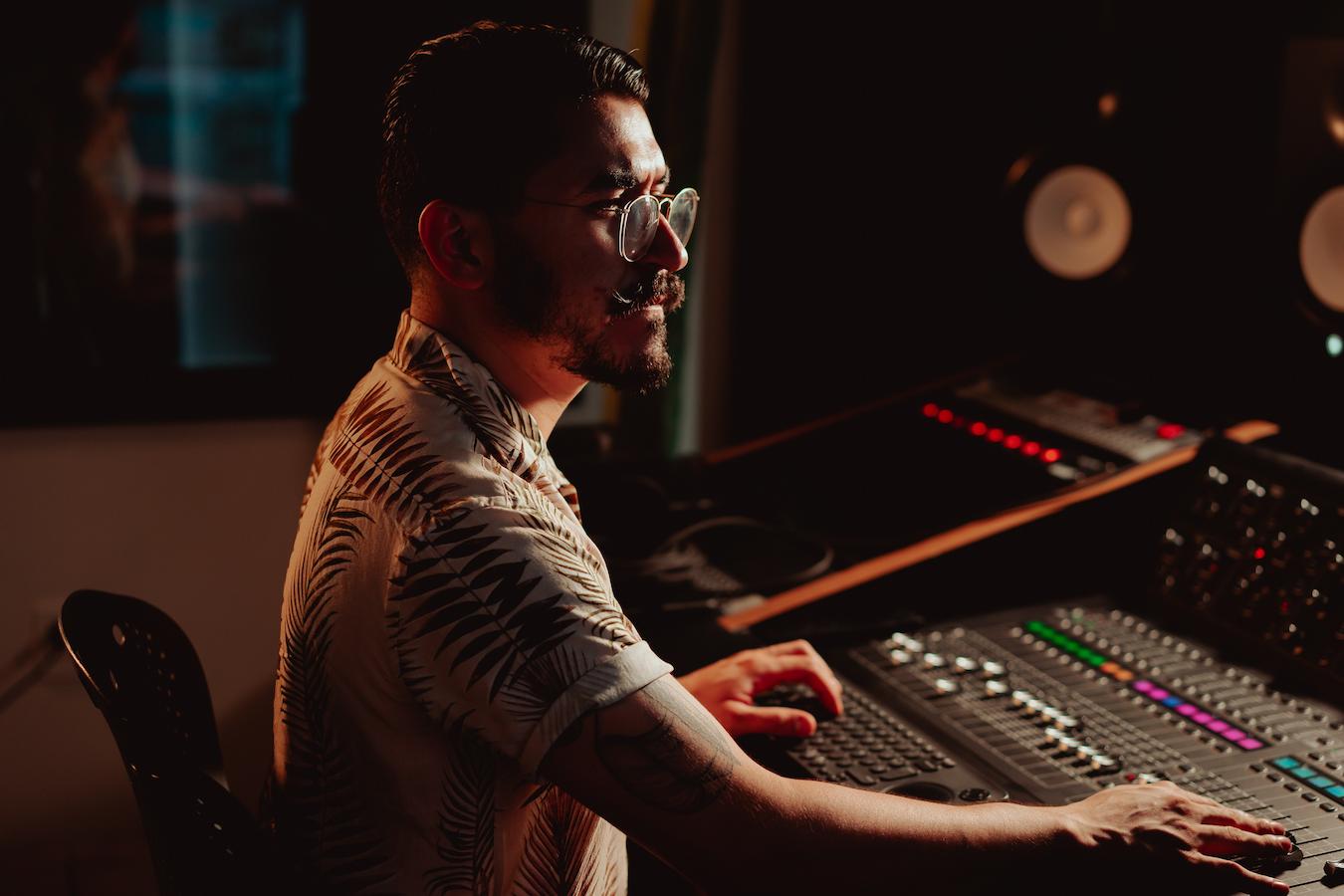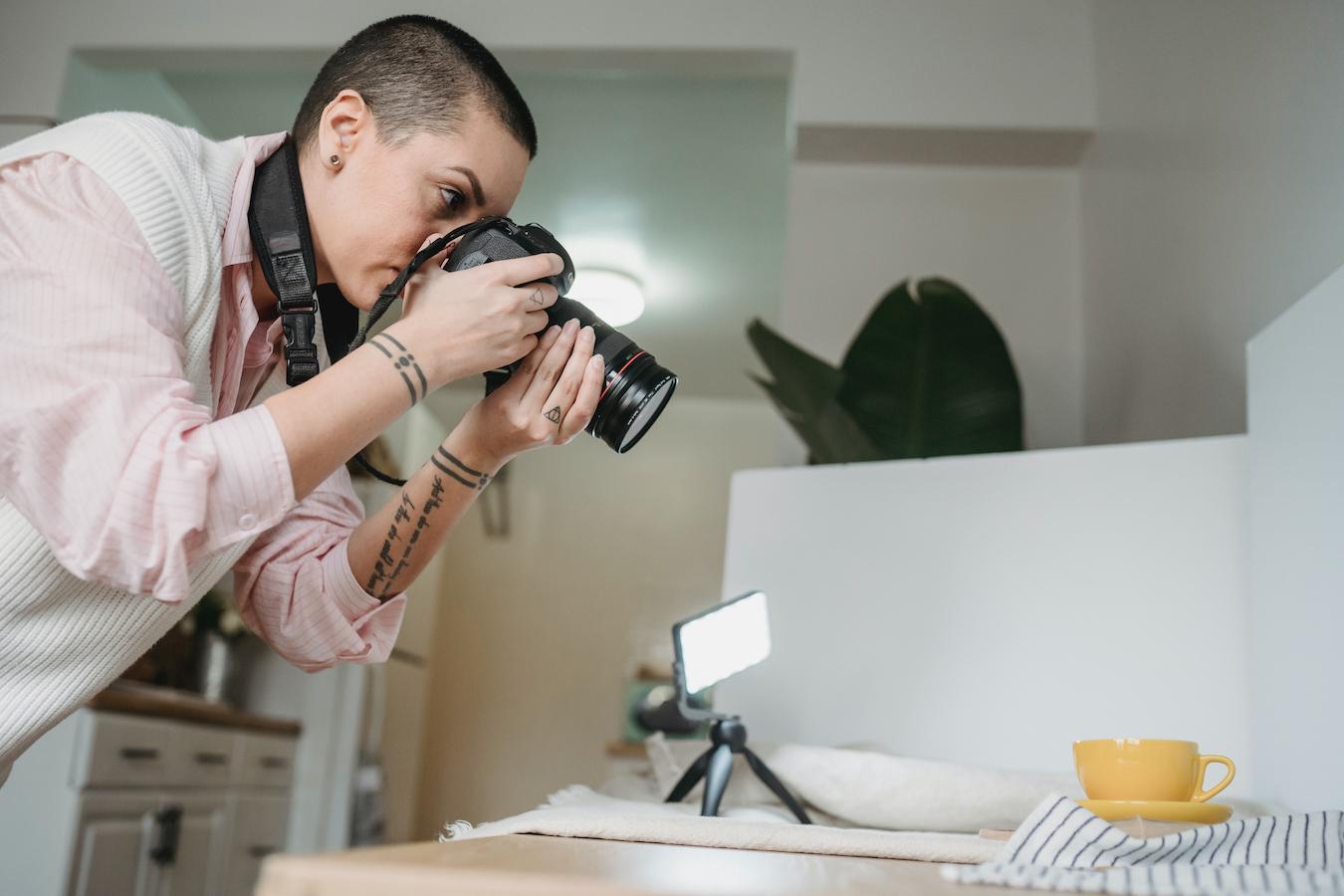Nowadays, when you watch a film, it’s a given that you’ll be hearing a score and sound effects. Heck, some people even prefer to wear earplugs when they go to the movies!
Granted, going to the movies does seem like a thing of the past. What with Netflix and all.
But you know what’s actually a thing of the past? Silent films. One hundred years ago, these were the very films that dominated the entire movie industry.
(Yes, the 1920s were one hundred years ago. Does that fact alone scare anyone else?!)
So how did we get to where we are today? And what revolutionary films do we have to thank for introducing us to sound on film?
See Related: What Does A Film Producer Do?
Silent film
We know you’re here for the first film with sound. But we’d be remiss not to mention what the world looked like before talking pictures.
In the 1920s, films were gaining popularity, even without soundtracks or a musical score. And if there was text dialogue on the screen, those who were literate would take it upon themselves to narrate the film to the whole theater. No joke.
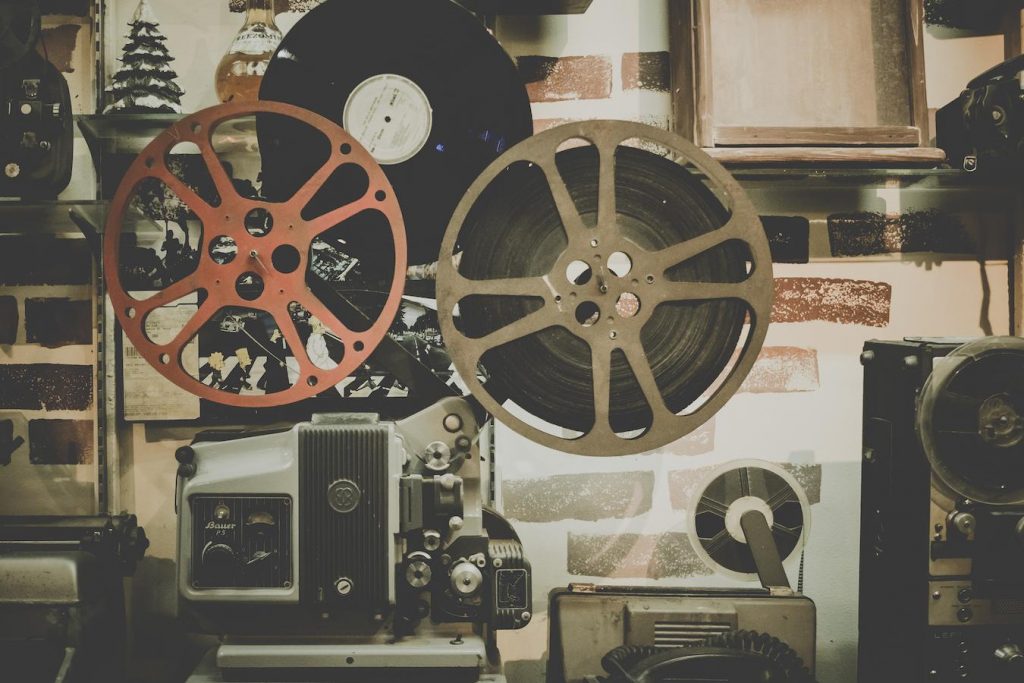
So where else did sound come from in these silent experiences? That is, aside from audience members trying their hand at live acting?
Live music
Live orchestras would often be hired to play in the theater, providing music and mood from original compositions. Of course, this wasn’t the case for all theaters.
But those that could afford it were often the more popular. It seems like quite a bit of work to make watching a movie a delightful event.
But remember. This was before Western Electric created the Vitaphone sound system. (You like that cliffhanger? Then keep reading!)
The Dickson Experimental Sound Film
We know that silent films were still big in the 1920s. But a couple of decades before that in the 1890s, inventor William K. L. Dickson was hard at work on his new creation.
This creation was the Kinetophone, AKA the first sound film system. And out of this invention came the Dickson Experimental Sound Film.
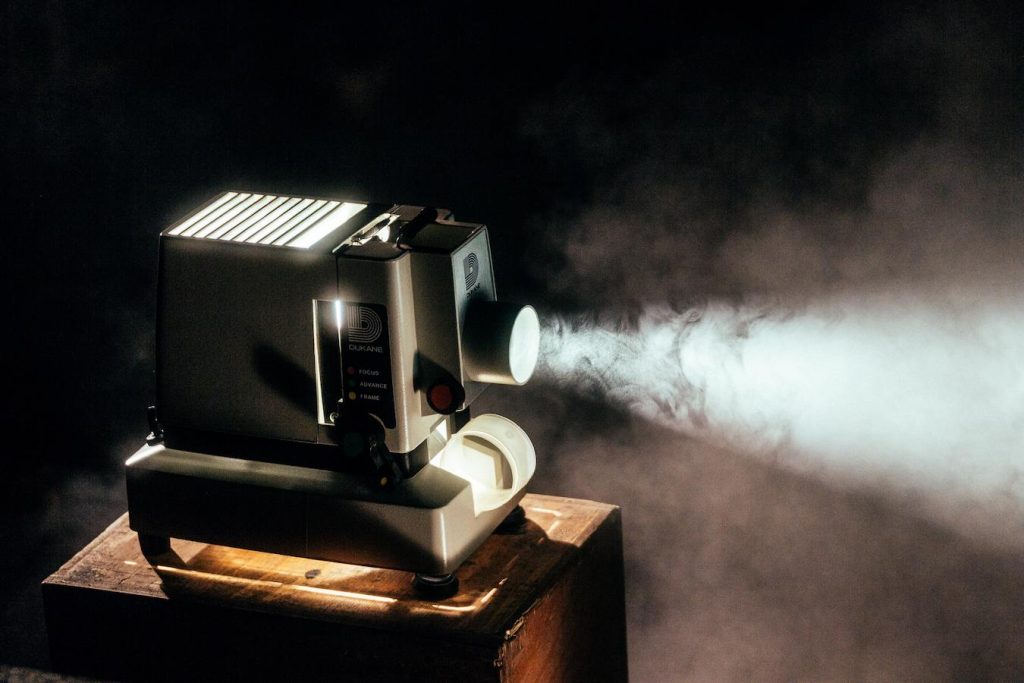
This is the only surviving movie with live-recorded sound made for the Kinetophone. And it showcases Dickson himself playing the violin into an acoustic phonograph recording horn.
Kinetophone technology
You’d think that the invention of this device would herald in the welcome of all sound films. But it wasn’t quite that easy.
The sound recording technology was, in and of itself, impressive. But alas, the device made no attempt at synchronization between what was recorded and what was displayed.
Seems like kind of a let down. But remember, this was way before the time of sound stages. So it remains impressive and an important step towards getting us the sound films we love today!
Don Juan
Now that movie sound had been attempted, it was time for recorded sound to take an even bigger leap. Enter the 1926 film Don Juan, directed by Alan Crosland.
This motion picture premiered at the Warner Theater in New York. And it was the first to feature a synchronized music score and sound effects.
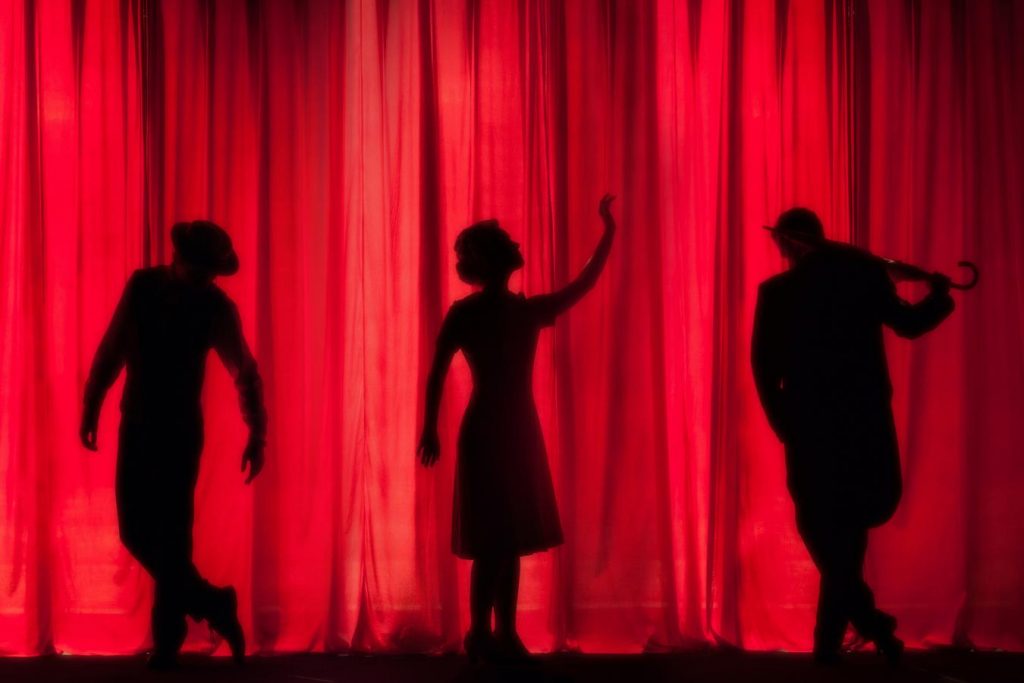
The only drawback? It didn’t include dialogue. But all other sounds were made possible by using the Vitaphone sound system (you found the rest of the cliffhanger!)
Bonus: How To Become A Creative Director In Film
Sound-on-disc technology
This sound-on-disc system used the same motor as the film projector, making such synchronicity possible. So yes, this was indeed a step up from stringing along a film strip and trying to synchronize the sound yourself.
Interestingly though, theater owners and production studios weren’t so convinced that audiences would enjoy this technology. It seems hard to believe, but since folks were accustomed to silence in the theater, silence seemed to take reign.
(I bet you know where this is going. This is the part in the movie portrayal where you get to say to the nay-sayer, “Mmhmm, keep talking!”)
The Jazz Singer
The 1927 film The Jazz Singer is probably the first all talking feature you ever heard of. And it’s pretty much heralded as much.
With Alan Crosland directing again, this time, they decided to amp up this feature film by not only using sound-on-disc technology for music and singing. But to add dialogue as well.
Funny enough, The Jazz Singer only contained around 281 spoken words in the entire feature length film. But these 281 words alone garnered it the reputation of the first talking picture that would welcome in thousands of new films with sound.
In fact, many credit The Jazz Singer as the official end of the silent era, making this motion picture one to remember. So what happened after The Jazz Singer and its incredible success?
The era of talking pictures
Well, talking film became the norm. More and more filmmakers became interested in the sound-on-disc system.
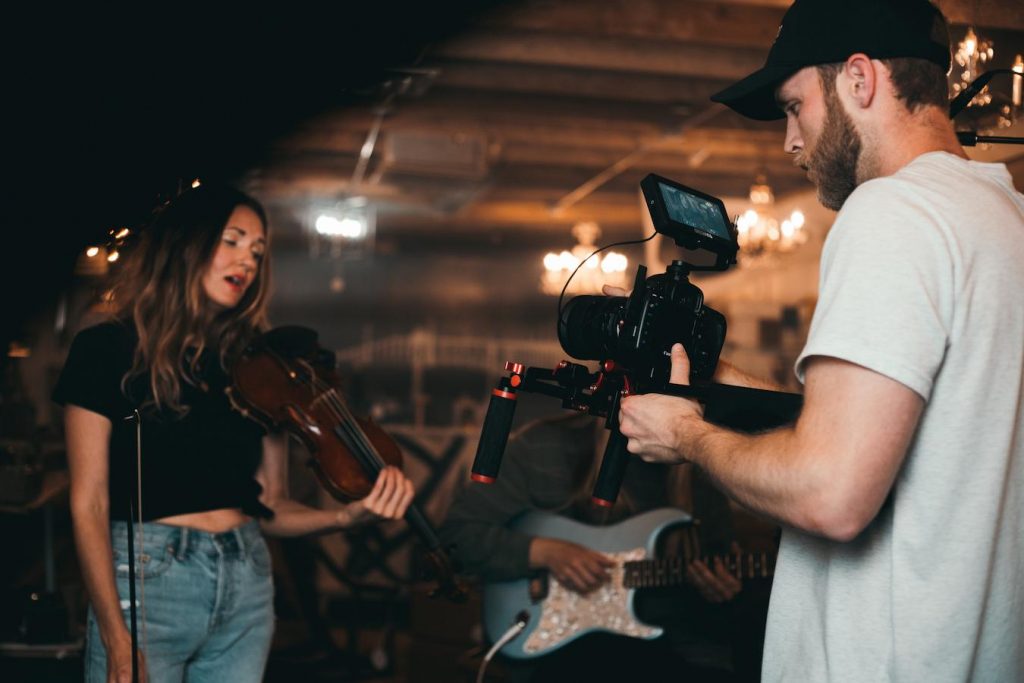
And motion picture after motion picture slowly began to normalize the use of sound and recorded dialogue on film. While this might seem like an expected shift to us now, at the time, it completely dismantled the movie industry and built it into something new.
Now, actors were no longer pantomime artists. They were to be the very face (and voice) of fluency and articulation.
And musicals? Well, they were perhaps the very prospect that heralded in the era of renting out event spaces for talking pictures due to the success of The Jazz Singer.
From even just this brief history, it’s clear to see that every step of the way made it possible for the first talking picture. From The Dickson Experimental Sound Film to Don Juan to The Jazz Singer, each played its part in bringing us the movies we know and love today.
To motion pictures today
If you think back on any film that’s impacted you significantly, odds are the music, dialogue, and sound effects had a lot to do with it. And that speaks to the true power of cinema paired with sound.
So the next time you’re watching something, take a moment to appreciate how we got here. What inventions had to be made to make our viewing experiences today possible.
And maybe you’ll even be more inspired to listen to sound in film in a different way. You never know what might inspire your next project!
Keep Reading: What Does A Location Scout Do?
–
Mack Sennett Studios is a historic full-service photography studio, production sound stage, and private event space in Silver Lake, serving as creative home to the Los Angeles cultural renaissance for the last 100 years. Check us out on Facebook, Twitter, Vimeo, Pinterest, Yelp and Instagram.

